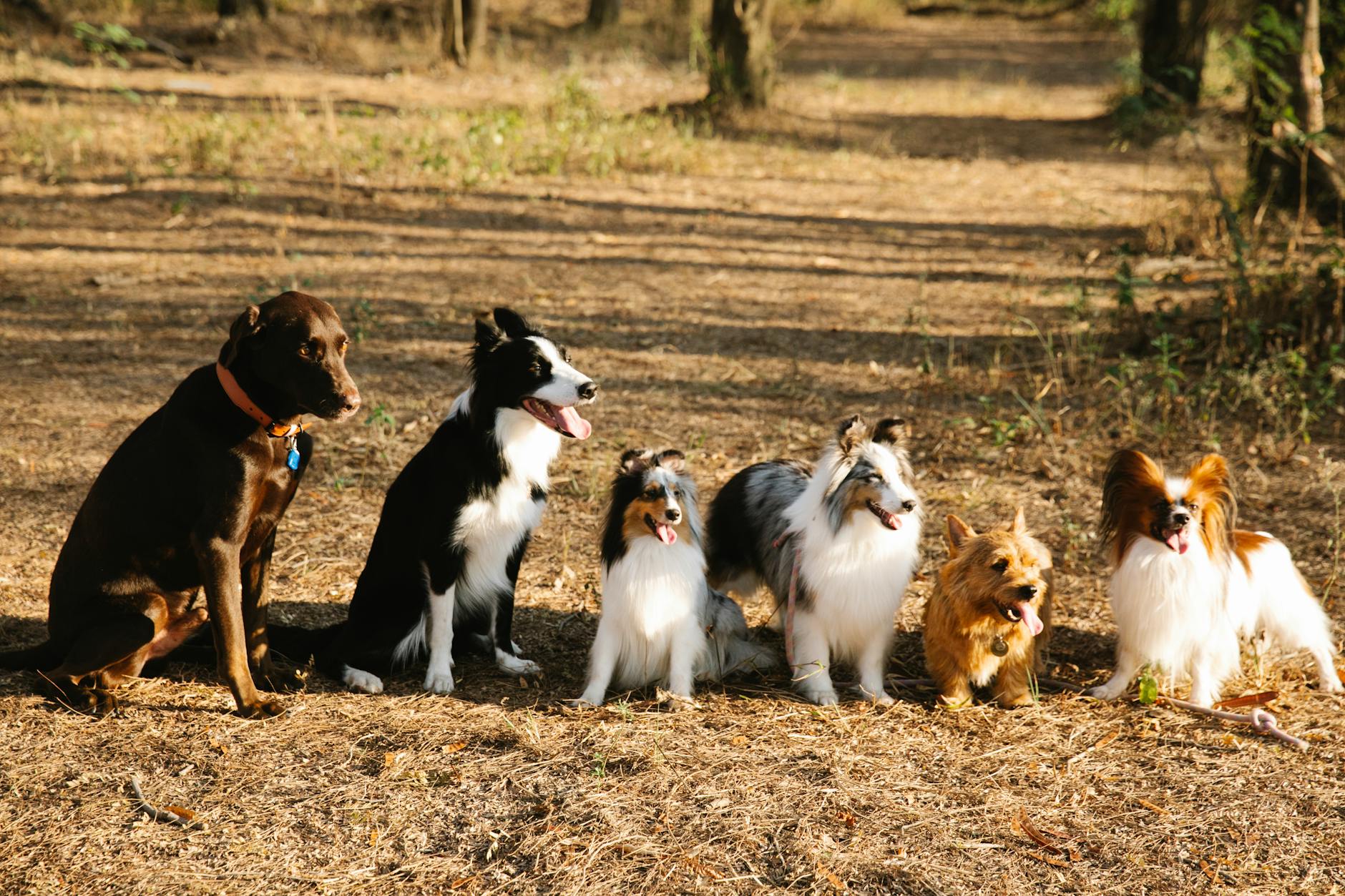Pet Potty 101: Time to Train Fido!

Bringing a new dog home is an adventure filled with cuddles and playtime, but it also comes with the less glamorous duty of potty training. Whether you have a puppy or an adult dog, it is essential to establish firm and consistent house-training routines to maintain a clean and hygienic living space for both you and your furry friend. In this guide, we're going to explore some effective techniques to house-train your dog and ensure a mess-free home.
Understanding Your Dog's Needs
Before we delve into the training methods, it is crucial to understand that dogs are creatures of habit. They thrive on routine and clear expectations. Moreover, puppies have small bladders and will need to go frequently, while older dogs can hold it for longer periods. Knowing your dog's schedule and signals for when they need to relieve themselves will be key to successful potty training.
Establishing a Routine
1. Create a Schedule Consistency is king when it comes to potty training. Feed your dog at the same times every day, and take them out:
- First thing in the morning
- After every meal
- After naps or long periods of play
- Before bedtime
The idea is to set a rhythm that your dog can easily get used to. Eventually, they will start to understand when and where it's appropriate to go potty.
2. Pick a designated potty Area Choose a specific spot outdoors for your dog to do their business. Consistently take them to this area every time they need to go. Over time, they will associate this space with going potty.
3. Utilize cue words. Choose a command or cue word and use it every time you take them to their spot, like "Go potty!" Eventually, they will associate this command with the action, making training more straightforward.
Positive Reinforcement
One of the most effective training methods is positive reinforcement. When your dog successfully uses the bathroom outside:
- Praise them with positive words.
- Offer treats.
- Give them extra cuddles.
The positive association with going potty outside will encourage them to repeat the behavior.
Handling Accidents
Accidents happen, and it's important to handle them correctly.
- Do not punish your dog after an accident. This could cause fear or anxiety and even make house training more difficult.
- If you catch your dog in the act, quickly but calmly take them outside to their potty area.
- Clean any soiled areas thoroughly with an enzymatic cleaner to remove the odor and discourage your dog from using that spot again.
Crate Training Can Help
Crate training can be a helpful tool in house-training your dog. Dogs naturally avoid soiling their sleeping area, so a crate can teach them to hold it until they can go outside. Make sure the crate is comfortable and not used as a punishment.
Conclusion
House training a dog requires patience and consistency. By establishing a routine, using positive reinforcement, and responding correctly to accidents, you’ll be on the way to a mess-free home. Remember, every dog is unique, and the key to success is to keep training positive and stress-free. Start Fido's training today, and look forward to the joys of a well-trained, potty-smart pet!
FAQ
Q: How long does it typically take to potty train a dog? A: The duration of potty training can vary, but typically it can take 4-6 months for a puppy to be fully house trained. Consistency and patience are key.
Q: Should I use training pads? Training pads can be helpful during the initial stages or if you live in an apartment without easy outdoor access. However, phasing them out once your dog starts to get the hang of outdoor potty breaks can help with consistent training.
Start your pet potty training journey today and enjoy the loving companionship of Fido in a clean and happy home environment!